It’s mid-afternoon in Tel Aviv, the sun is blinding and an Israeli driver in the northern part of the city is trying to aggressively bypass the Toyota Prius on his left. The Prius, following the speed limit to a T, won’t speed up but when it finally switches to the right lane, the local driver – now alongside him – immediately does a double take.
As the two continue to drive down their respective lanes for the next few minutes, the local driver will realize that while there is someone sitting in the other car’s driver’s seat, no one is steering the wheel.
The Toyota Prius is a self-driving vehicle, developed as part of a project by Russian tech company Yandex, and piloted in Tel Aviv, among other cities worldwide. The vehicles can brake at stop lights, merge into highway lanes, accelerate when necessary, and signal — but when it comes to trying to figure out whether the pedestrian on the bike on the side of the road will ride into the street, prediction capabilities are still just the slightest bit shaky. Not so for the kids at the crosswalk, though. Yandex’s vehicle easily comes to a halt as they attempt to cross the street.
SEE ALSO: Driverless Systems & Flying Cars: Israel’s Mobility Sector Talks Trends At EcoMotion Conference
“The idea is that humans usually focus their attention on one thing, so for example, I can follow the car in front of me but I’m not focusing my attention on somebody on the sidewalk, or somebody behind me,” Artem Fokin, head of business development at Yandex tells NoCamels from the backseat as the car eases down the road. “This [computer] detects every object.”
The computer he is referring to combines machine learning, computer vision, and cloud technologies to “take into account every object around the vehicle.”
“Unlike humans, this thing can focus its attention on everything,” he says.
The multinational company, founded in 2000, began as a search engine, later branching into online advertising, e-commerce, mobile apps, and transportation. Its taxi ride-hailing service Yandex.Taxi actually rivals Uber, with which it signed a joint venture for the shared rides business in Russia worth an estimated $3.17 billion. Yandex operates its Yander.Taxi in Gush Dan and other regions in Israel under the global brand Yango. And now, the focus is on self-driving vehicles.
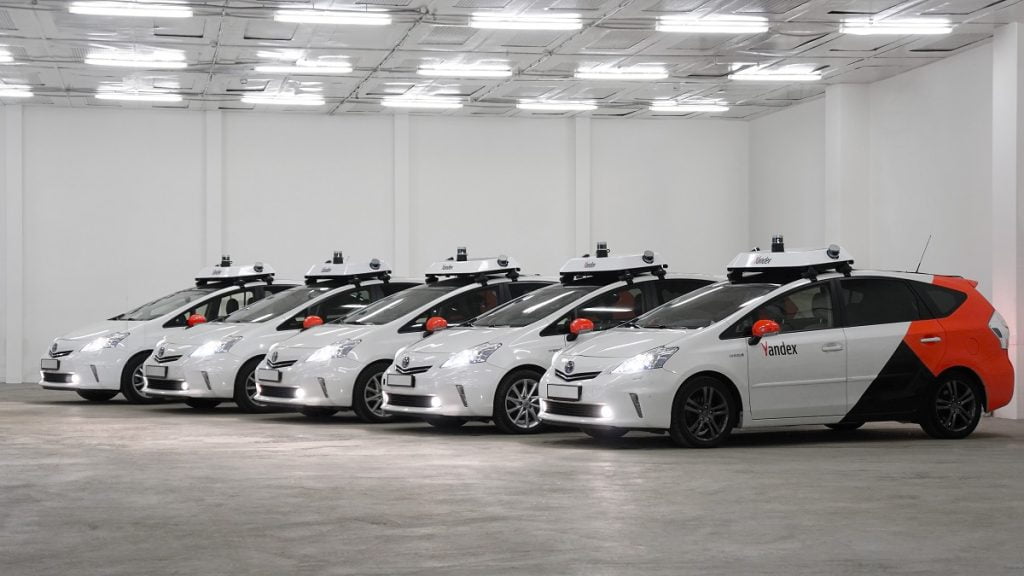
Fokin says the most challenging aspect of creating the ultimate autonomous vehicle is the ability to predict the human mind.
“Humans, they are not algorithms,” he says. “They do some sporadic things. We need to constantly be exposed to a variety of traffic situations, to be able to handle them perfect. We have to give the car a lot of training.”
The multinational company has tested its self-driving vehicles since 2017 in five different cities around the world, including Moscow, Innopolis, and Skolkovo in Russia, Las Vegas in the United States, and Tel Aviv.
Yandex announced this week that its goal is to introduce 100 new vehicles worldwide by 2020 and is set to open a new R&D center in Tel Aviv with a dedicated team of self-driving engineers to further the mission.
Fokin tells NoCamels the company aims to have 10 vehicles operating just in Israel by the end of the year.
Lessons from the Tel Aviv pilot
In December 2018, the company received permission from the Israeli Ministry of Transportation and Road Safety to operate its self-driving vehicles on Israel’s public roads. Unlike the vehicles that were tested in Russia and the US, however, an engineer was required to be in the driver’s seat even if he wasn’t actually driving the car.
For this ride in northern Tel Aviv, the testing engineer in the driver’s seat is Leonid Shalev. He points out the car’s abilities but he doesn’t put his hands anywhere near the wheel.
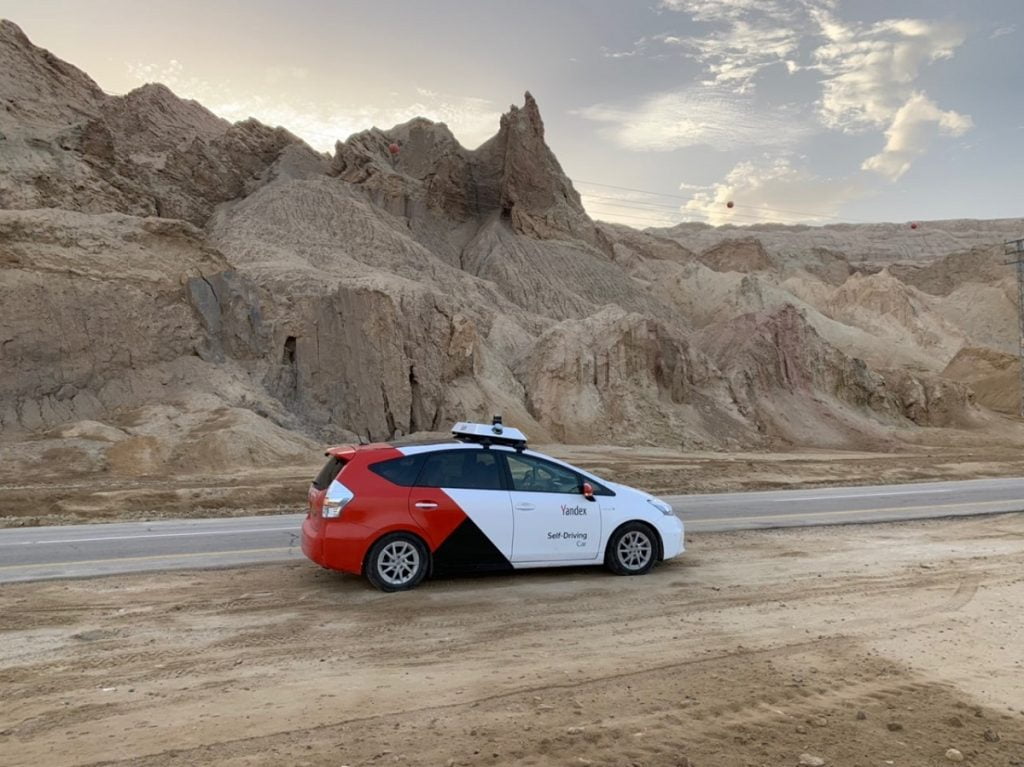
In a Medium post published this week, Yandex’s self-driving team reflected on the lessons learned from operating pilots in different cities, later analyzing automotive performance and gathering data.
“Testing in Tel Aviv brought a new set of challenges,” the team wrote. From the location of traffic lights, the ubiquity of roundabouts, traffic density, and weather conditions, Tel Aviv made for a unique testing ground.
Israel’s road network “includes a higher number of roundabouts” compared to the US and Russia, the Yandex team wrote. The self-driving platform had to learn to manage “multiple traffic situations by frequently driving through roundabouts that include one or two lanes and numerous exits.”
Sign up for our free weekly newsletter
Subscribe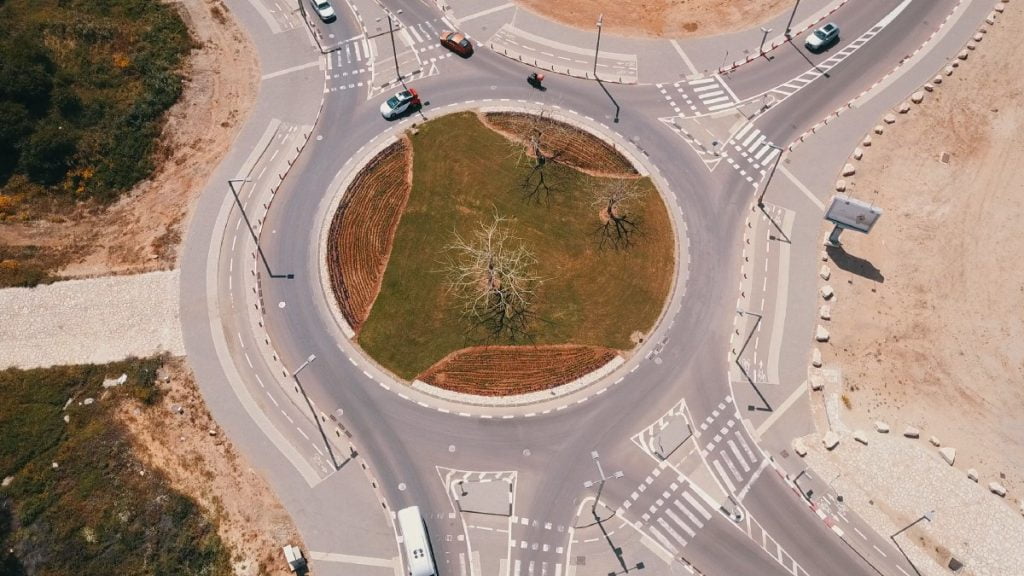
Tel Aviv also has narrow, winding roads that are “densely populated by two-wheeled vehicles, much more so than in Moscow,” forcing the platform to adapt on “how to share the road with bicycles, scooters, and motorbikes, along with the standard dynamics of cars, trucks, and pedestrians.”
The city also has a severe parking problem, which leads to illegal parking.
“Passing illegally parked vehicles, such as double-parked cars, requires high precision and can be challenging even for skilled drivers, due to the narrow, winding roads of Tel Aviv. Self-driving cars must be quick to respond in these situations, especially considering the fast-paced driving there,” the Yandex team wrote.
The company also had to adapt its hardware and sensors to withstand the higher temperatures in Israel while also building custom cooling systems for both the interior and exterior of the car. This May, temperatures reached as high as 40° C (104° F) in Tel Aviv and the “car successfully operated throughout the city all day long without issue,” Yadex wrote.
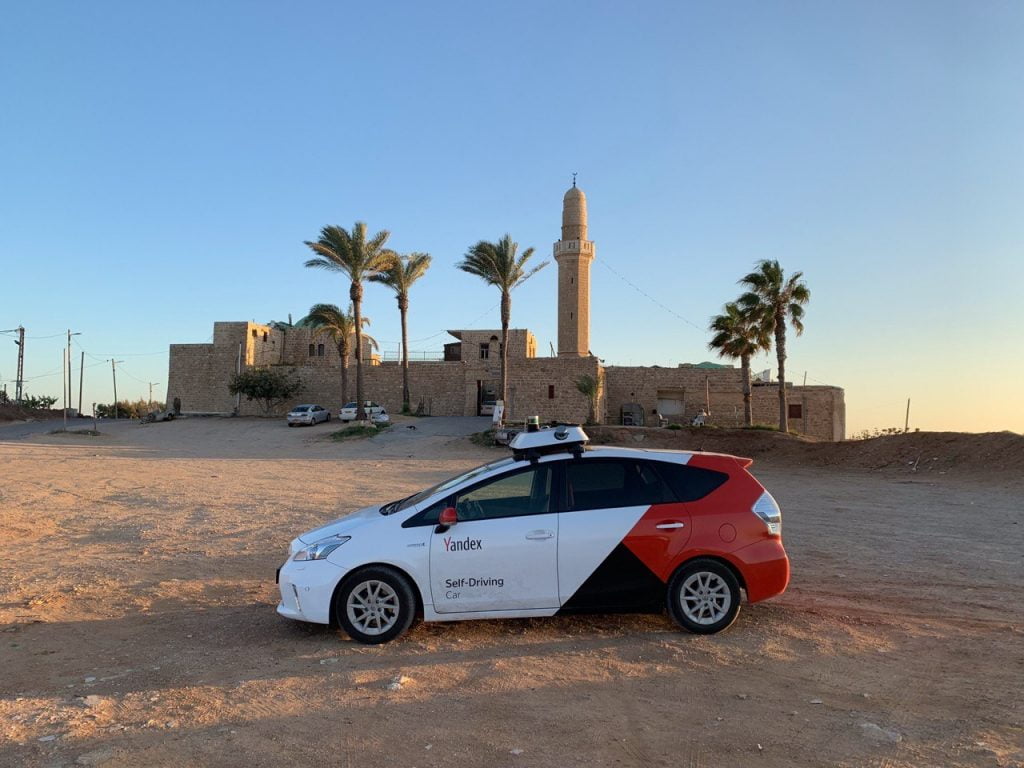
Still, in comparison to human capabilities, the tech developed by Yandex is able to adapt much faster. Fokin mentions his experience living in the UK for a time and how it took him two weeks to adjust to driving on the left side of the road. For the computer, he explains, it was nothing. “We literally just flipped a switch.”
“We’re limited geographically to the one area in Tel Aviv where we’re allowed to drive,” Fokin says of the northern Tel Aviv neighborhood near Grinberg Bistro where the Yandex car is making the rounds. But they’re making the best of it.
What does an autonomous vehicle look like?
Yandex unveiled its first autonomous car prototype in 2017 – a fairly unassuming vehicle, red and white, with a company logo emblazoned on the sides. A key difference though was the noticeable cameras, radars, and laser sensors mounted on the roof.
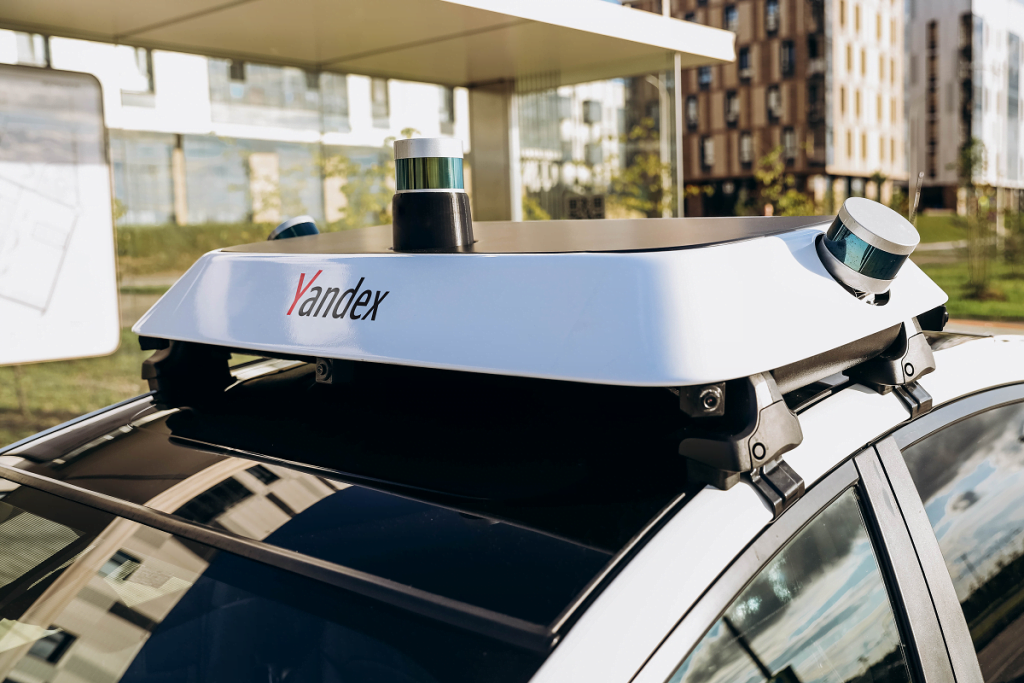
This LiDAR system is essential to the autonomous vehicle, producing a 3D picture of the car’s surroundings with accuracy and precision, while using radars and sensors to target objects and measure their distance from the vehicle. The system is part of a detailed map, Fokin explains, which is embedded into the memory of the computer and used for localization purposes — to familarize the vehicle with its environment.
“The car needs to understand its location down to the centimeter, so its centimeter accuracy is essential for us. It also creates an additional safety level, because for autonomous vehicle localization purposes, you cannot use satellite navigation, because it’s not accurate enough.”
“You can spoof satellite navigation, you can fake a satellite signal, but you cannot fake whatever is inside, because it’s not connected to the outside world,” Foking tells NoCamels.
The trunk contains a large computer that analyzes the road and accordingly controls the steering wheel, gas, and brake pedals – all without human intervention.
Fokin says the company tries to choose the best LiDAR by price-performance ratio for its hardware and that all software stack is built in-house by the Yandex team.
“After we are there, we can focus more on comfort and other things,” he adds.
SEE ALSO: Russian Tech Company Yandex To Test Self-Driving Cars In Israel
Other local Yandex projects
Prior to beginning advanced testing on its autonomous vehicles, Yandex partnered with Tel Aviv University to open a branch of the Yandex School of Data Analysis. There, the company offers a one-year career advancement program in machine learning through an initiative at TAU’s Blavatnik School of Computer Science. The initiative is part of the Bachelors of Science program. TAU is the sixth branch for the Yandex School of Data Analysis.
Yandex also launched its Yandex.Music AI-powered music streaming application in Israel.
Related posts

Editors’ & Readers’ Choice: 10 Favorite NoCamels Articles

Forward Facing: What Does The Future Hold For Israeli High-Tech?

Impact Innovation: Israeli Startups That Could Shape Our Future


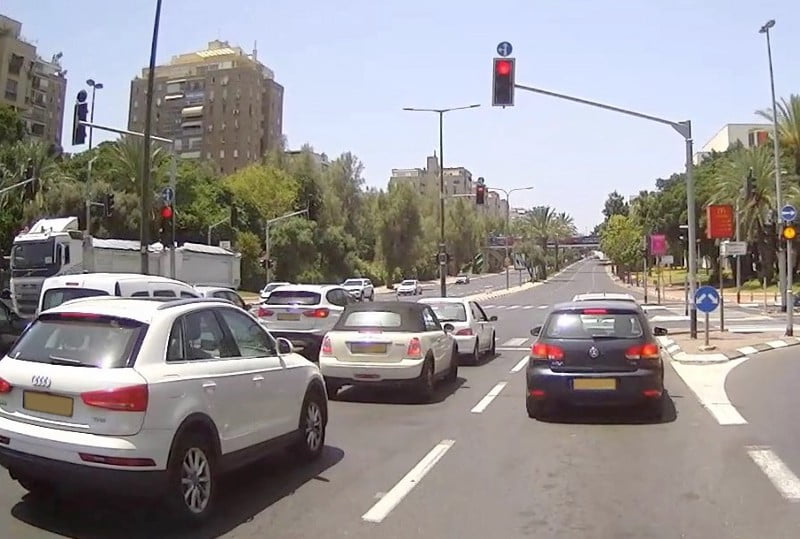

Facebook comments